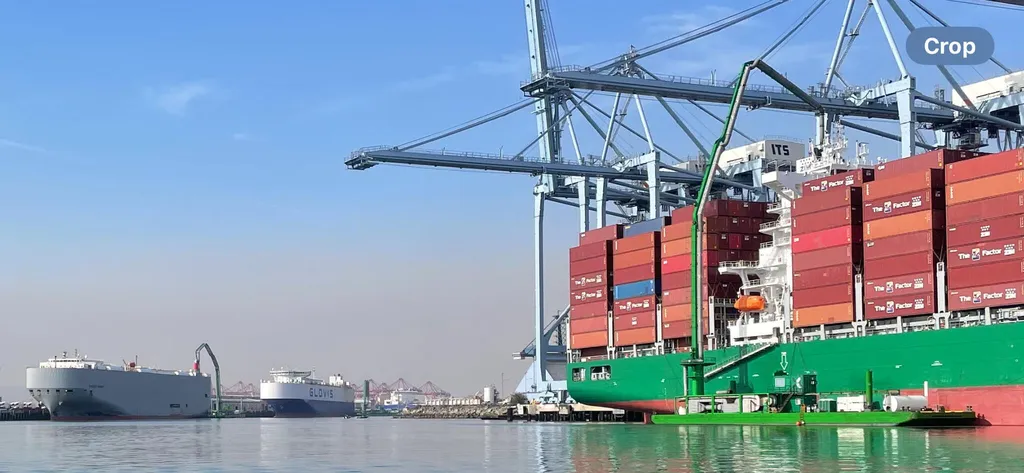CALCAREA and AURELIA are betting big on a future where ships don’t just carry cargo—they carry carbon removal tech. The two companies have just kicked off a collaboration to integrate CALCAREA’s limestone weathering technology into a next-generation bulk carrier. It’s a bold move that could redefine how the maritime industry thinks about carbon capture.
At the core of this partnership is CALCAREA’s limestone weathering process—a system that accelerates a natural reaction where CO₂ dissolves into seawater, binds with limestone, and forms stable bicarbonates. The beauty of this approach? It’s nature-based, permanent, and doesn’t require heavy infrastructure. For ships, which are already surrounded by seawater, it’s a no-brainer.
But here’s where AURELIA comes in. While CALCAREA brings the carbon capture tech, AURELIA is the architect, ensuring the system integrates seamlessly into ship design. The goal? A bulk carrier that doesn’t just transport goods but actively removes CO₂ from the atmosphere—without sacrificing cargo capacity or performance.
This isn’t just about slapping a carbon capture system onto an existing vessel. AURELIA is rethinking naval architecture, seawater flow dynamics, and system integration to make sure the tech works efficiently and safely. The design will serve as a blueprint for future vessels, setting the stage for scalable, class-ready newbuilds.
“We see shipping as one of the most natural environments for large-scale carbon removal,” said Pierre Forin, Co-founder and CTO of CALCAREA. “Ships operate surrounded by seawater—the very medium our process uses. Partnering with AURELIA allows us to bridge science and engineering, and turn our technology into a deployable maritime system.”
Raffaele Frontera, Founder and CEO of AURELIA, echoed this sentiment, emphasizing the innovation behind the project. “What makes this collaboration exciting is that it’s not just another retrofit—it’s a new generation of clean ship design built around a truly regenerative technology. CALCAREA brings a breakthrough CO₂ capture process, and AURELIA brings the design and system expertise to make it practical, class-compliant, and ready for industry adoption.”
The Phase 0 Feasibility and Concept Study is now underway, with further engineering and validation phases on the horizon. If successful, this could be a game-changer for the maritime sector, proving that carbon capture doesn’t have to be a landlocked solution. It can sail the seas, too.
This collaboration challenges the industry to think beyond incremental improvements. By embedding carbon removal directly into ship design, CALCAREA and AURELIA are pushing the boundaries of what’s possible. If they succeed, they won’t just be building ships—they’ll be building a cleaner future.

